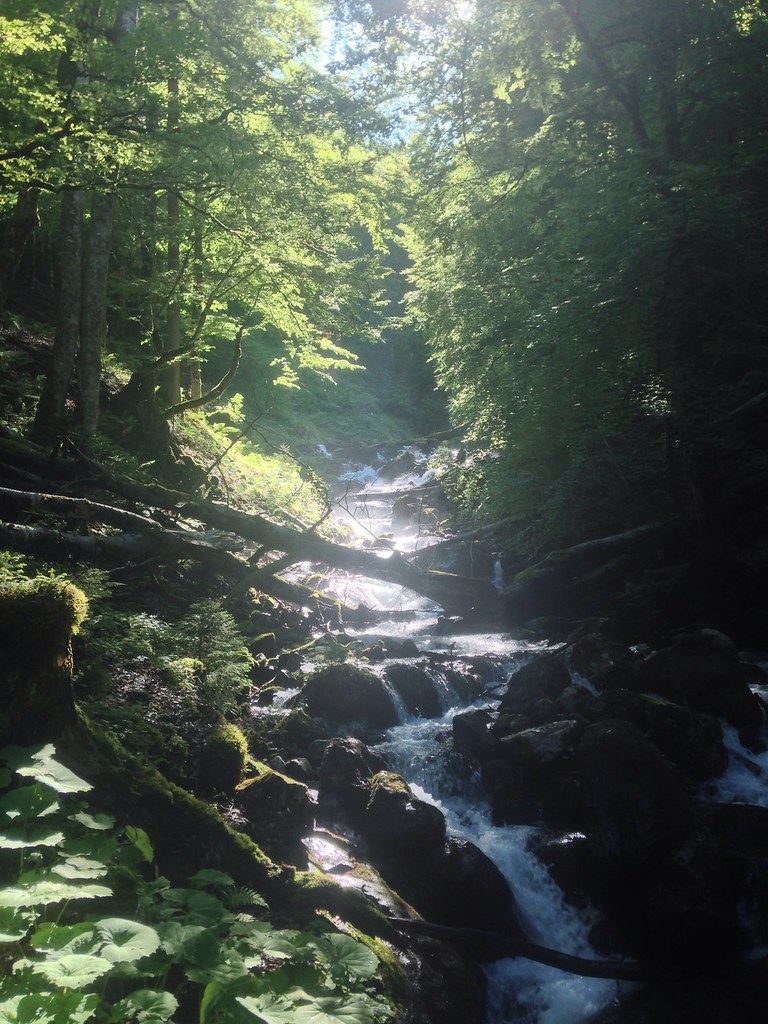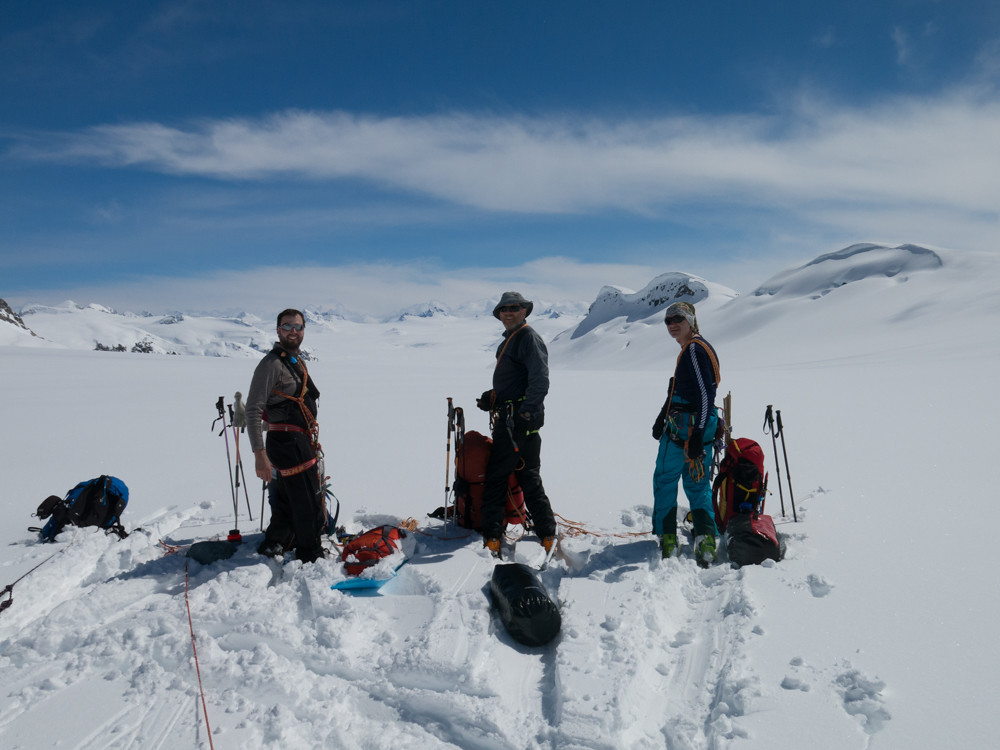
Cold and/or remote parts of the world; beautiful scenery, spectacular wildlife and thoughts on science and the natural world.
Sunday, 28 June 2015
Traversing one of the fingers on Pointe Percee, French Alps.

Traversing the Tete du Grasmusset, also known as Pointe Percee,...
Traversing the Tete du Grasmusset, also known as Pointe Percee, in the Aravis range of the French Alps. Easy but intimidating and occasionally steep climbing, with a lot of typical Alpine rubble, choss and unexpected abseils! Great views of Mont Blanc from the summit.
Wednesday, 24 June 2015
I’m in the French Alps, rock climbing, walking up a lot of...
I’m in the French Alps, rock climbing, walking up a lot of hills and training to be a better guide in the hills and mountains.
Friday, 19 June 2015
Alpine forest

Thursday, 18 June 2015
Our project to collect sea ice data in the Arctic Ocean this...
Our project to collect sea ice data in the Arctic Ocean this summer (http://ift.tt/1fhaoiZ) has been awarded the right to carry the Explorers Club flag.
Club flags have been carried to both poles, the summit of Everest and the bottom of the Marianas Trench. They’ve been carried into space, on the surface of the Moon and famously at the top of the mast on Thor Heyerdahl’s Kon Tiki.
The flag you are awarded may have been on many expeditions before, and so it is more than just an honour, it is a reminder that we are standing on the shoulders of giants, following in the Western traditions of scientific enquiry and building on the work of those that went before us.
Without traditions we are always starting from scratch and we can never aim nearly as high.
Our project (http://ift.tt/1fhaoiZ) to measure sea ice...
Our project (http://ift.tt/1fhaoiZ) to measure sea ice thickness in the Arctic Ocean this summer has been honoured by the award of an Explorers Club flag. Club flags have been carried to both poles, to the summit of Everest and to the bottom of the Marianas Trench. Thor Heyerdahl proudly flew one from the mast of Kon Tiki, having planned the trip at the club’s NYC headquarters and they’ve been carried into space and on the surface of the moon.
It’s a great honour for our project to be recognised in this way, and given the flag may have been on many expeditions in the past it is a reminder that the work we do builds on the work of those that have gone before, following in the western tradition of scientific enquiry and standing on the shoulders of giants. Without traditions we are always starting from scratch.
Friday, 12 June 2015
Sunset on the Homathko Icefield

Glacier Camp

Thursday, 11 June 2015
Expedition Journal Notes from the field, written by torchlight...
Expedition Journal
Notes from the field, written by torchlight in icy tents with a soundtrack of wind and spindrift against the nylon.
Glacier camp

Homathko Icefield

Wednesday, 10 June 2015
Glacier Camp

Descending through crevasses

Tuesday, 9 June 2015
The official expedition patch for our summer sea ice data...
The official expedition patch for our summer sea ice data collection project at the North Pole has arrived!
If you want to be part of the team and wear one of these exclusive patches you can find out more here:
http://bit.ly/2015ArcticOcean
First View of the Icefield

Klattersine Glacier

Monday, 8 June 2015
Camp on Klattersine Glacier

Klattersine Avalanche

Sunday, 7 June 2015
Camped on Klattersine Glacier

Mt Waddington Range

Saturday, 6 June 2015
Klattersine Glacier

Top of Klattersine Creek

Friday, 5 June 2015
Klattersine Creek Camp

Helicopter Landing

Thursday, 4 June 2015
canadian-space-agency: The amazing CSA’s Canadarm2 in action in...
The amazing CSA’s Canadarm2 in action in this #spacevine!
May 26, 2015.
Packing the helicopter

Tuesday, 2 June 2015
Is this the coolest watch in the world?The Omega Speedmaster,...
Photo from http://ift.tt/10dDBfr
Is this the coolest watch in the world?
The Omega Speedmaster, first produced in 1957, is the only watch certified by NASA for Extra-Vehicular Activity and was the first watch worn on the Moon. It wasn’t just an ornament; for example, on Apollo 13 Jack Swigert’s Speedmaster was used to time the critical 14-second Mid-Course Correction that allowed for a safe return to Earth.
Not only was it worn on the Gemini and Apollo programs, but in 1968 Ralph Plaisted led the first team to make a surface traverse to the North Pole (unless you believe either Peary or Cook). And the timepiece they used for celestial navigation? The Omega Speedmaster.
If ever I have several grand to burn on a watch, this is it.